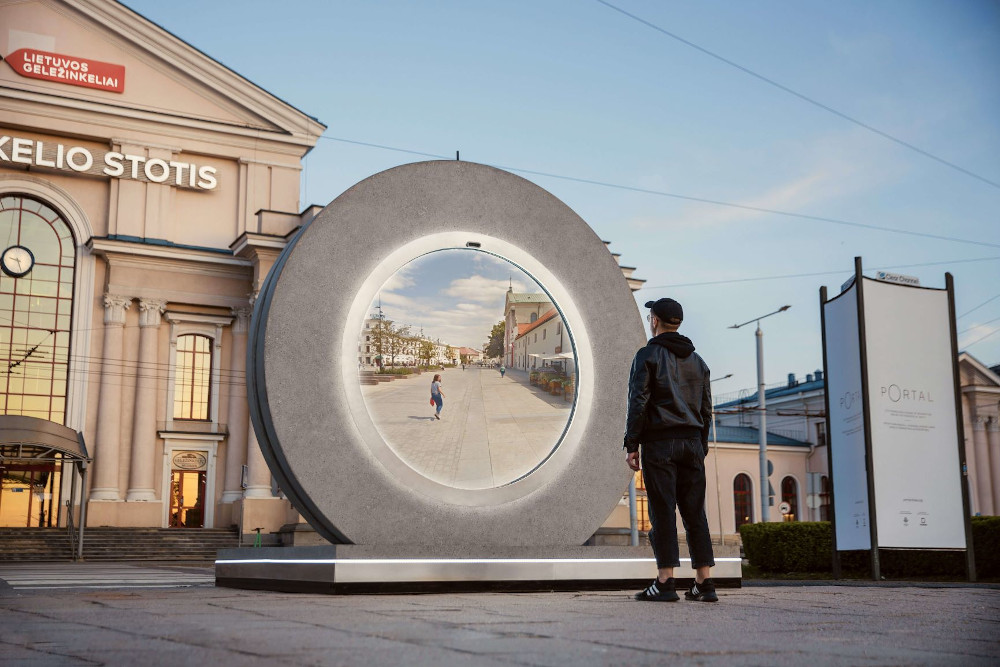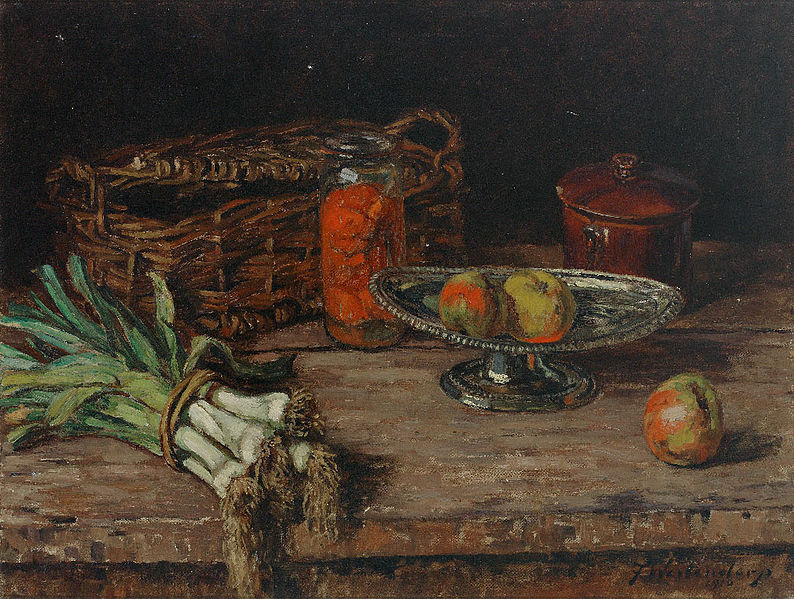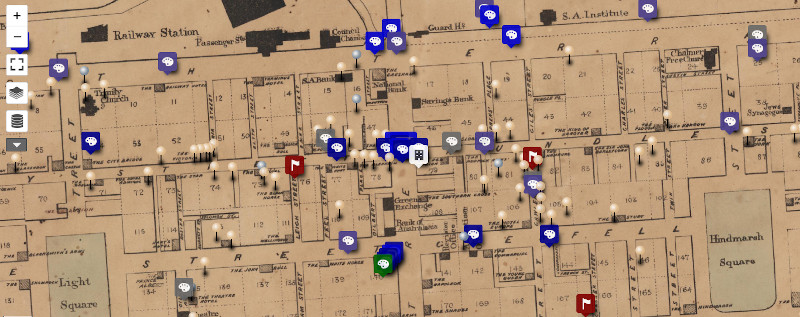Italian artist Salvatore Garau has auctioned an invisible sculpture titled Io Sono (“I am”) for 15,000 euros. The buyer receives a certificate of authentication and agrees to display the nonexistent artwork in a private home in an unobstructed area 5 feet square.
Last month the artist displayed another immaterial sculpture, Buddha in Contemplation, near the entrance to the Gallerie d’Italia in Milan. The area of its location was marked off with tape.
Garau said that the titles of his works “activate” viewers’ imagination. “When I decide to ‘exhibit’ an immaterial sculpture in a given space, that space will concentrate a certain amount and density of thoughts at a precise point, creating a sculpture that, from my title, will only take the most varied forms. After all, don’t we shape a God we’ve never seen?”
(Thanks, Sharon.)





